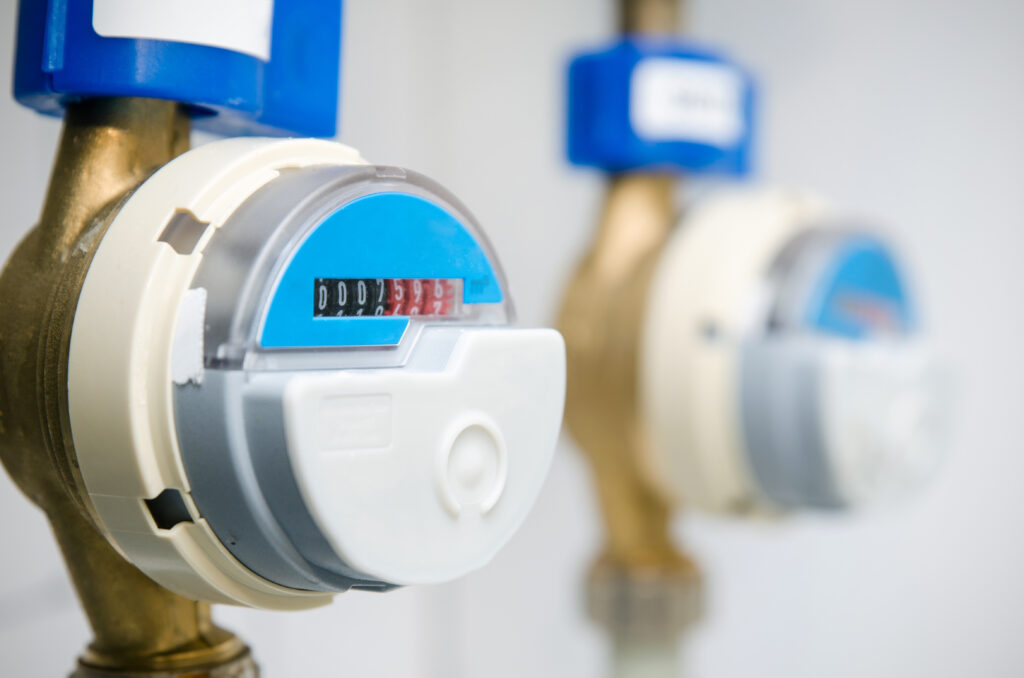
- Supervisory systems
- Advanced metering (AMR/AMI)
- Sensors
- Flow and pressure meters
- Data loggers
- Utility dashboards
- Asset management (including GIS and schematic tools)
- Workforce tools
- Alert systems
- Analytics


- Scalability of the technology
- Latency considerations
- Coverage capabilities
- Use of licensed spectrum
- Proprietary versus standardized solutions
CelPlan has conducted this type of analysis for numerous utilities and can propose tailored solutions to support network optimization efforts while reducing both capital and operational expenditures.
The dimensioning of such networks requires multiple layers of information, including:
- Geolocation of devices to be monitored and controlled
- Characterization of each device’s communication needs (throughput demand, latency, and protocols)
- Infrastructure technology sharing availability and agreements
- Spectrum and technology choices
Decisions made today will need to serve the industry through a critical period of change, adapting to numerous technological and behavioral shifts on the horizon, from increased data availability to enhanced decision-making capabilities for both consumers and utilities. Selecting a solution incapable of adapting to future needs could prove to be a costly misstep.
CelPlan’s extensive experience and vendor-neutral approach enable us to guide you in choosing the optimal solution tailored to your specific requirements. Our objective is to ensure that the implemented network aligns perfectly with your current operational needs and future organizational goals.
